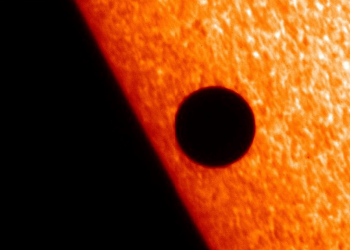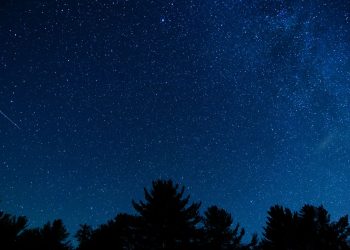Our universe may be full of cosmic wonders, but you can only observe a fraction of astronomical phenomena with the naked eye. Meteor showers, natural fireworks that crisscross the night sky, are one of them.
The latest event, the Orionids, is popular among meteor shower aficionados because of the bright, fast-moving streaks they form near the group of stars known as Orion’s Belt. Like the Eta Aquarids meteor shower, which peaked in early May, the Orionids occur when Earth passes through the debris of Halley’s Comet.
The rain has been active since October 2 and is expected to continue until November 7, according to the International Meteor Organization. It peaks from Tuesday to Wednesday, or October 21 to 22.
This shower is visible from both hemispheres. Viewing conditions could be excellent this year as the moon is in its new phase.
To know when to watch, you can use a counter that draws on data from the Global Meteor Network showing when real-time fireball activity levels increase in the coming days.
Where do meteor showers come from
It’s possible that you’ll see a meteor on any night, but you’re more likely to catch one during a downpour. Meteor showers are caused by Earth passing through rubble, following a comet or asteroid that orbits the sun. This debris, which can be as small as a grain of sand, leaves behind a stream of glowing light as it burns up in Earth’s atmosphere.
Meteor showers occur around the same time each year and can last for days or weeks. But there is only a small window when each shower reaches its peak, which happens when Earth reaches the densest part of cosmic debris. The peak is the best time to look for a shower. From our perspective on Earth, the meteors will appear to come from the same point in the sky.
The Perseid meteor shower, for example, peaks in mid-August from the constellation Perseus. The Geminids, which occur every December, radiate from the constellation Gemini.
How to observe a meteor shower
Michelle Nichols, director of public observing at Chicago’s Adler Planetarium, recommends forgoing the use of telescopes or binoculars to view a meteor shower.
“You just need your eyes and, ideally, a dark sky,” she said.
This is because meteors can cross large areas of the sky, so observing equipment may limit your field of view.
Some showers are strong enough to produce up to 100 streaks per hour, according to the American Meteor Society, although you probably won’t see that many.
“Almost everyone is under lightly polluted skies,” Ms. Nichols said. “You may think you’re under dark skies, but in reality, even in a small town, you can have bright lights nearby.”
Planetariums, local astronomy clubs, or even maps like this can help you figure out where to escape excess light. The best conditions for catching a meteor shower are clear skies, with no moon or cloud cover, between midnight and sunrise. (Moonlight affects visibility in the same way as light pollution, eliminating weaker light sources in the sky.) Be sure to give your eyes at least 30 minutes to adjust to seeing in the dark.
Ms. Nichols also recommends wearing layers, even in summer. “You’re going to be sitting there for quite a while, watching,” she said. “It’s going to be cool, even in August.”
Bring a cup of cocoa or tea for extra warmth. So lie back, scan the sky and enjoy the show.









